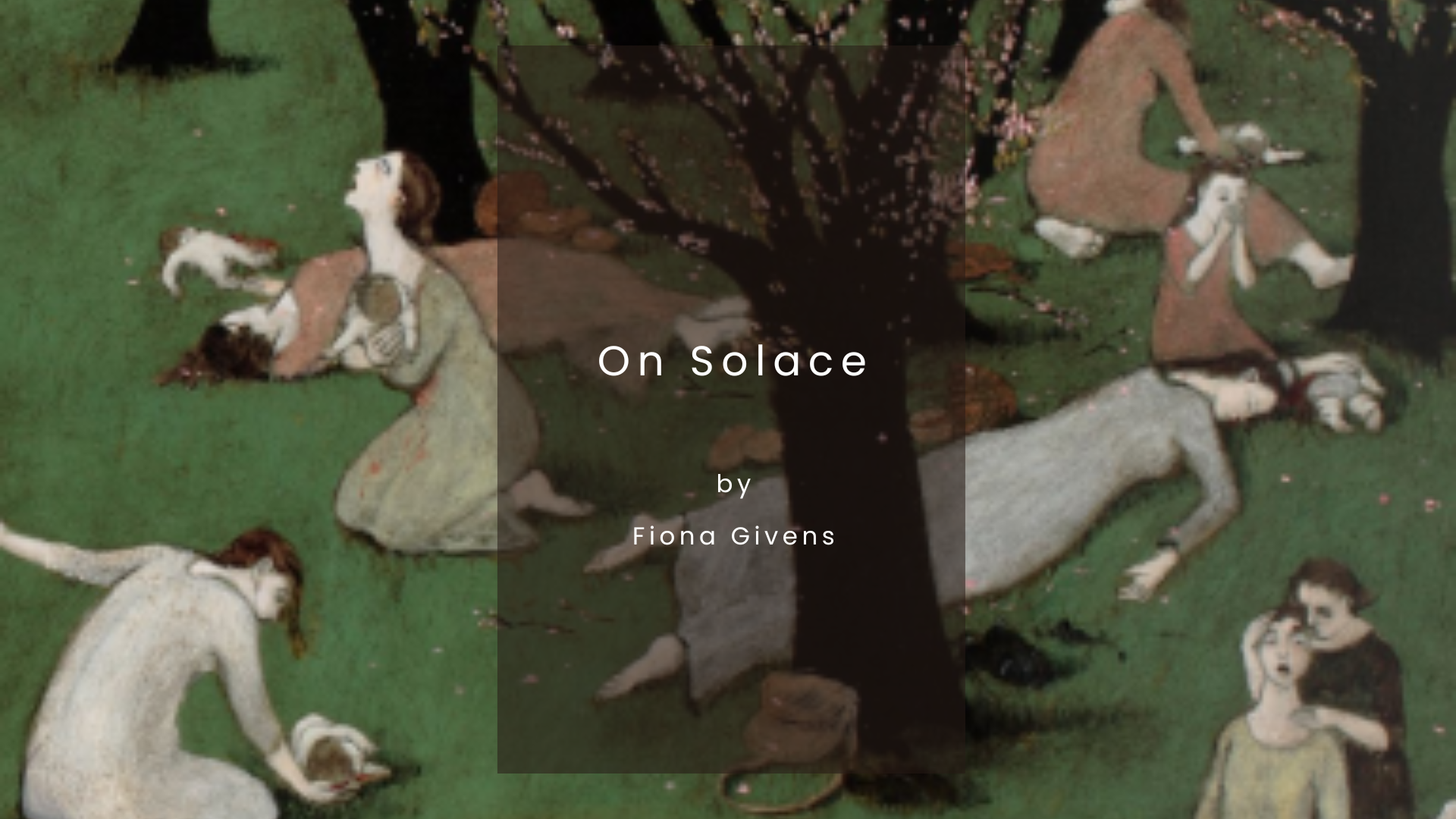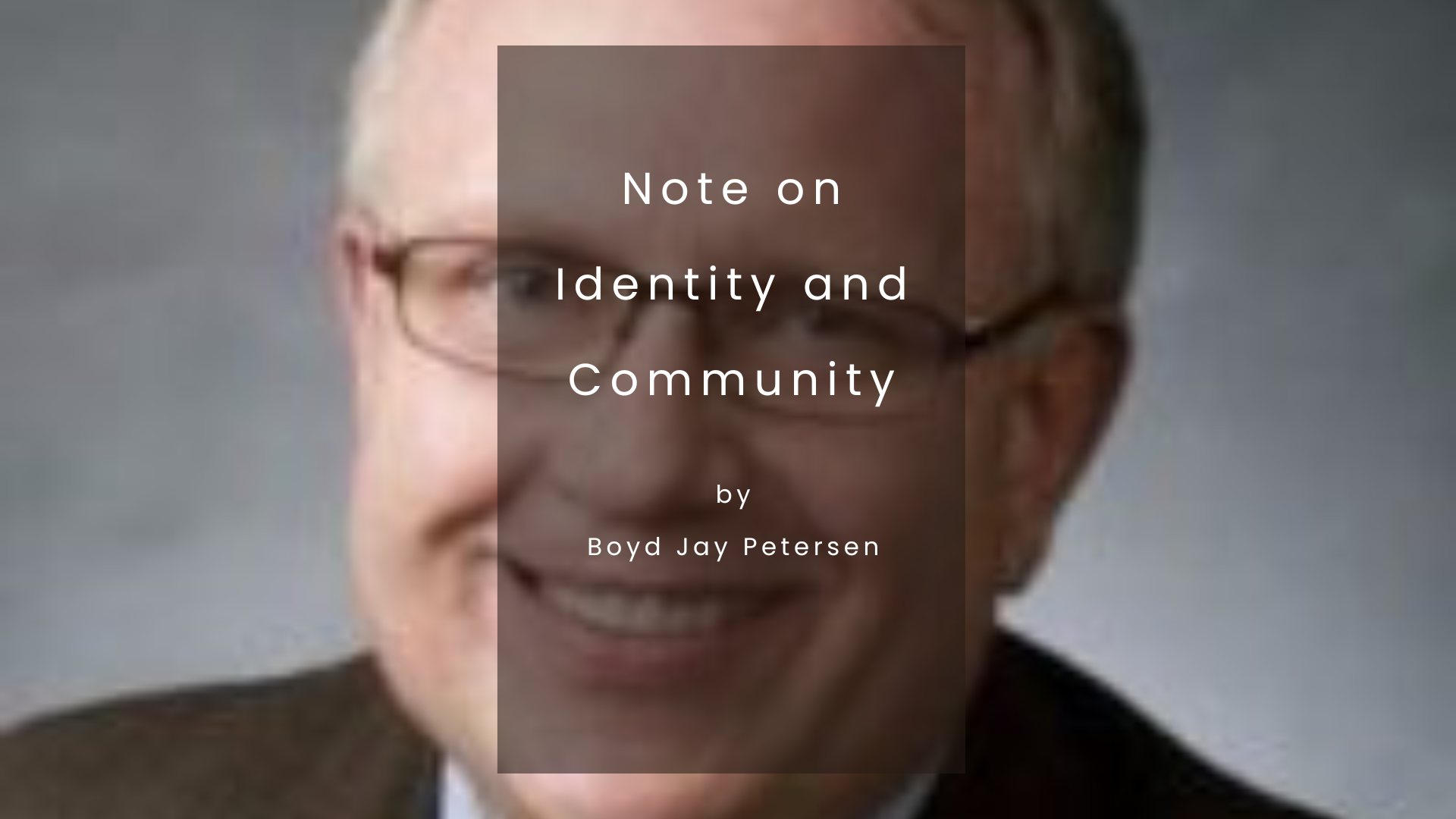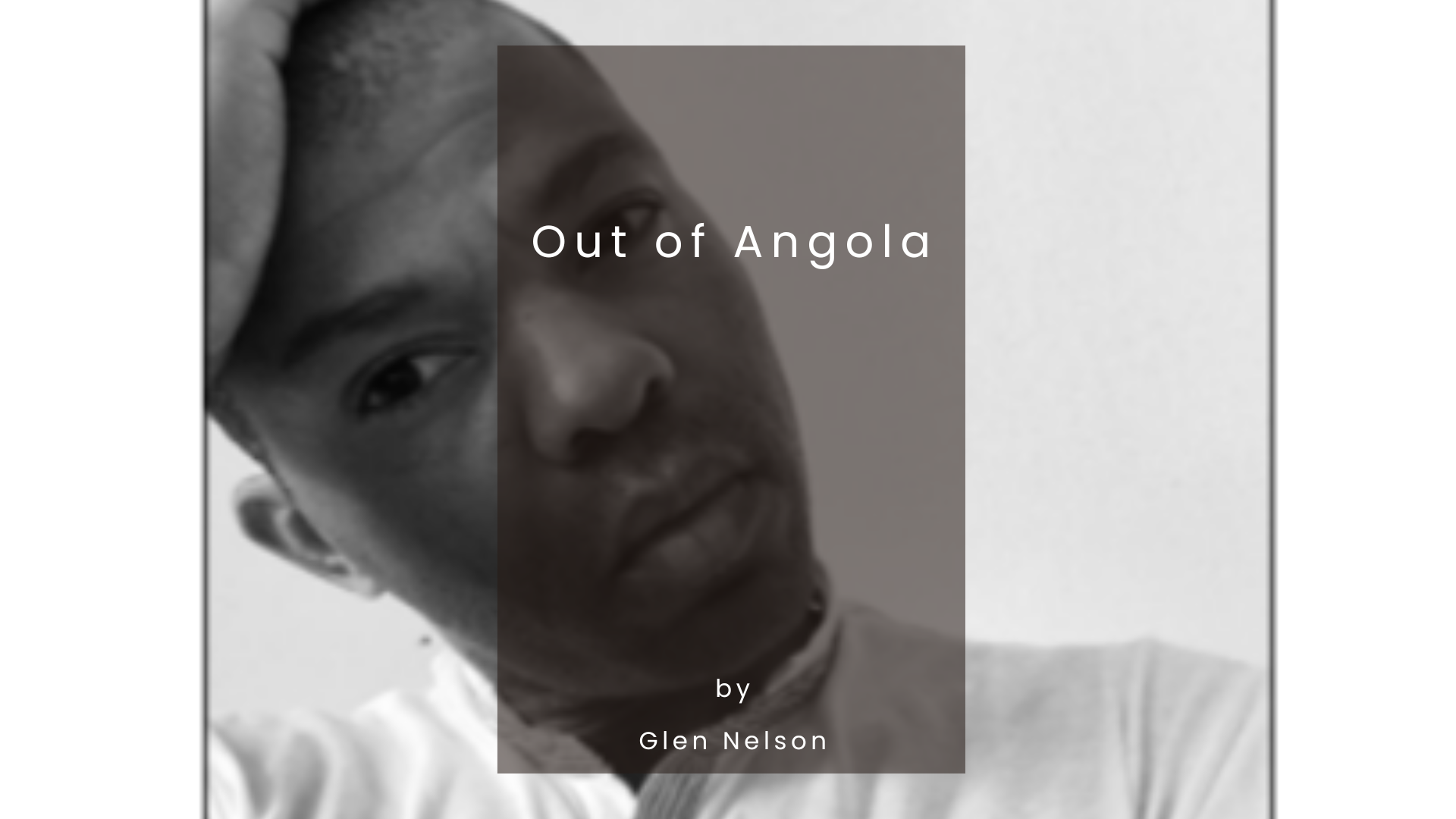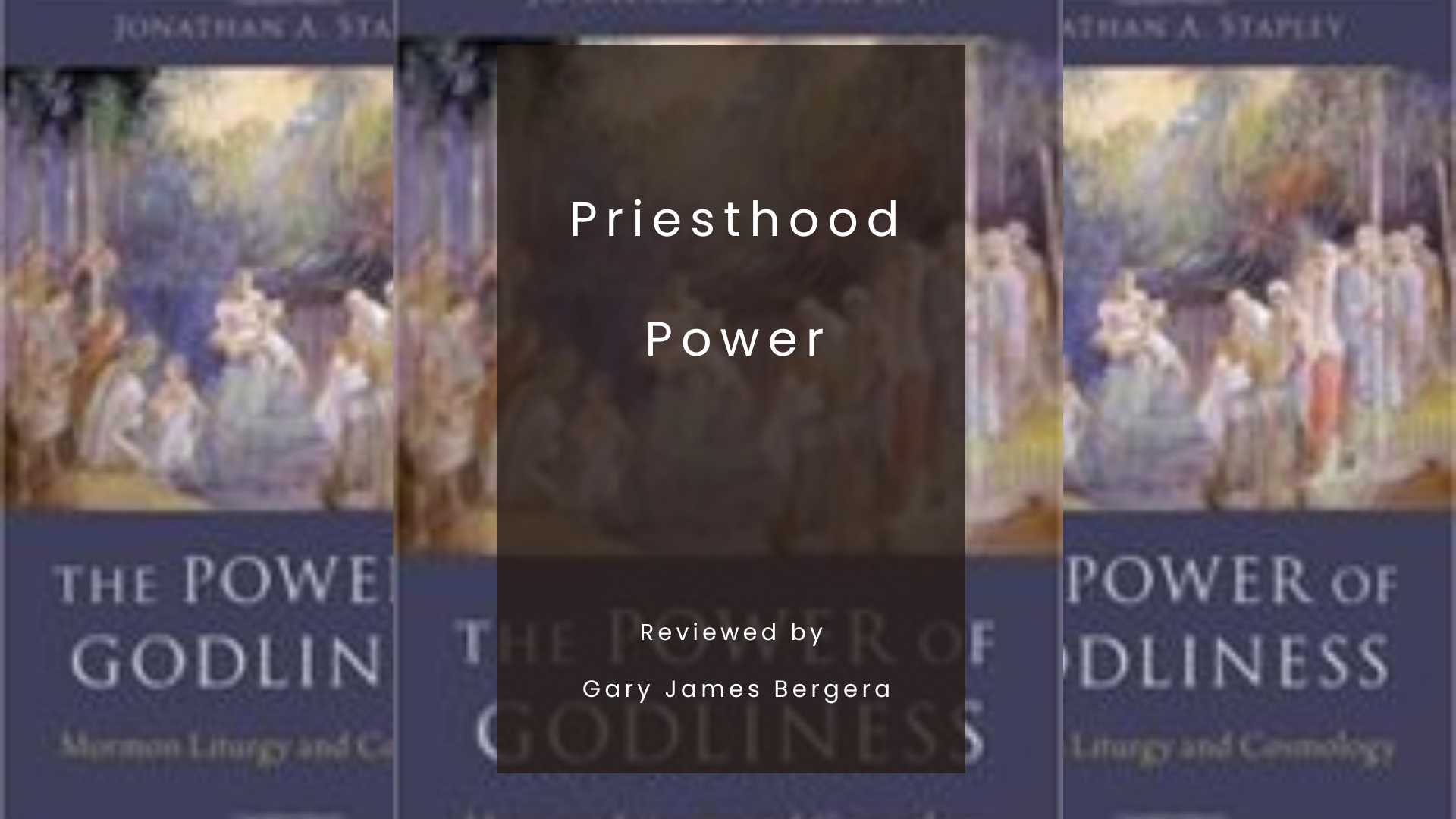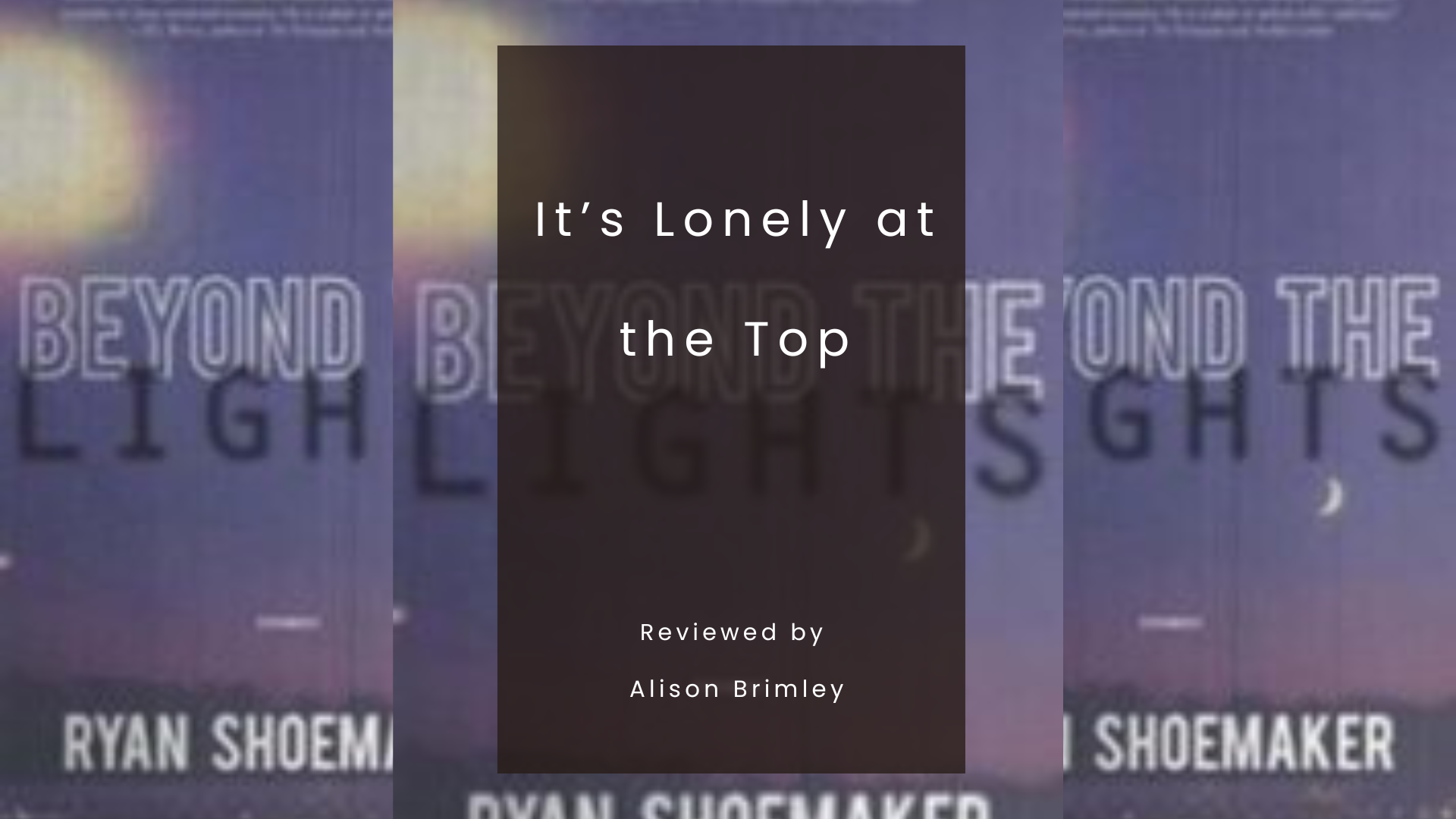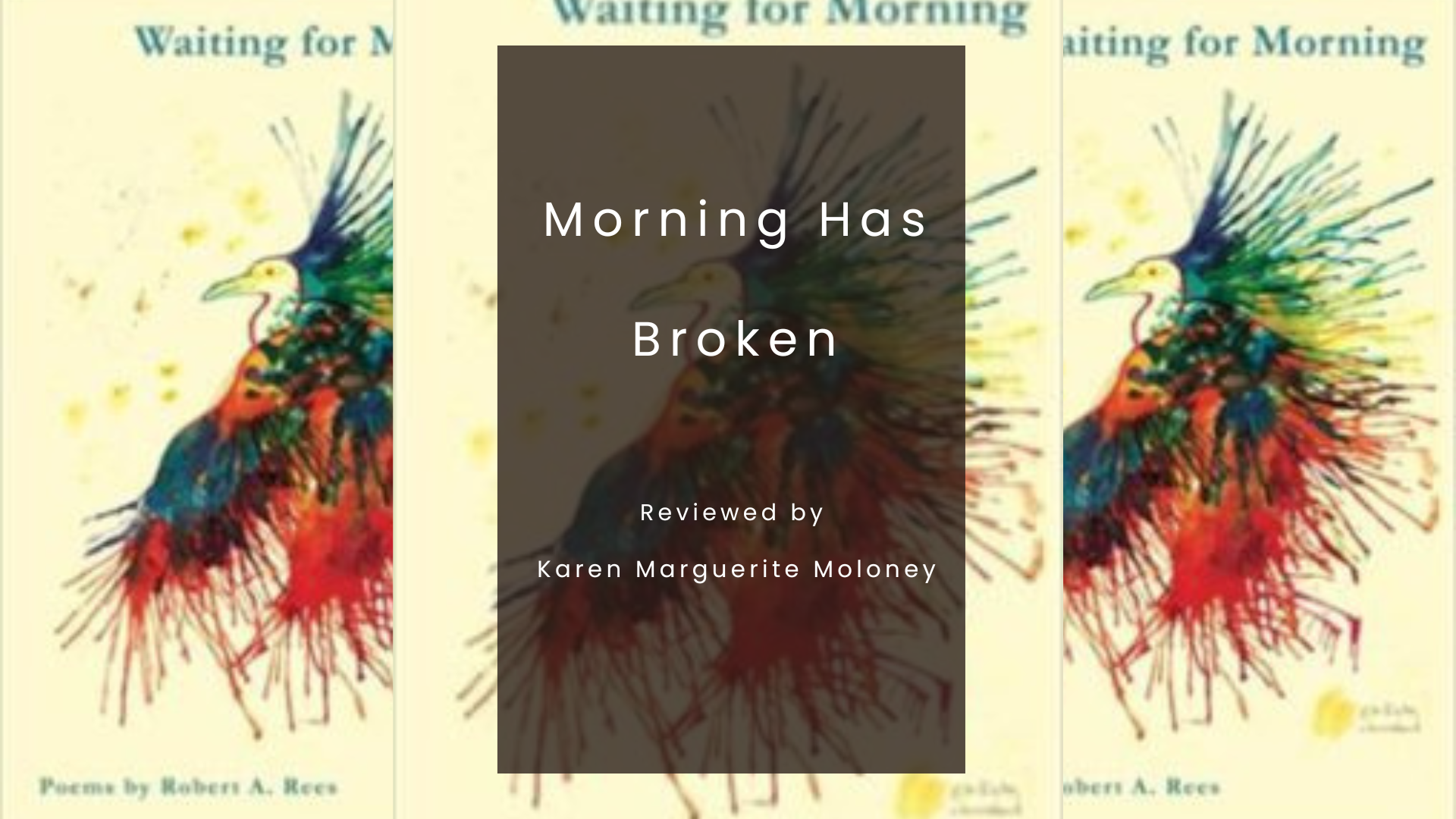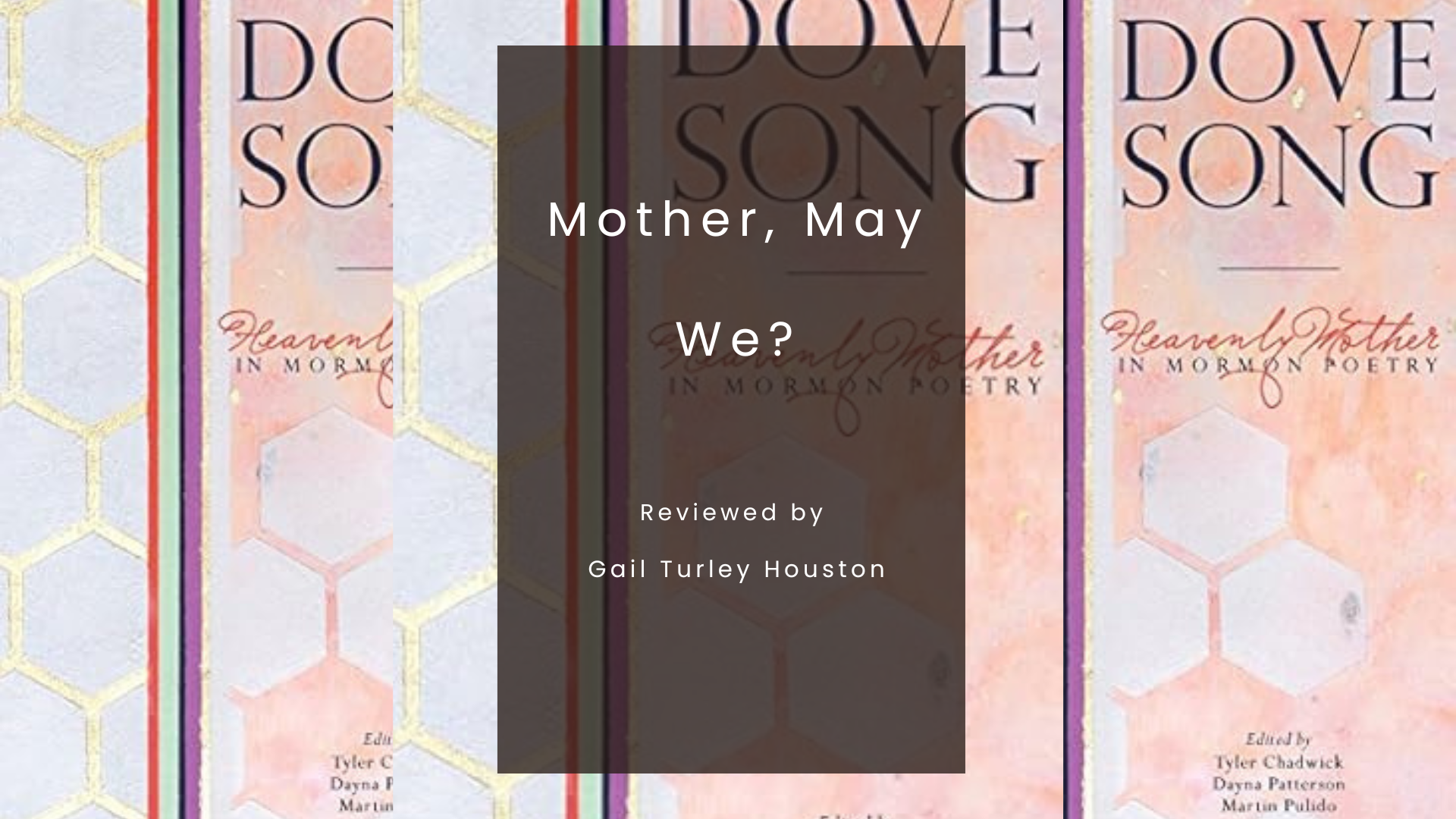On Solace
February 13, 2019Charles Dickens suggests that epochs roll into one another in a cyclical pattern. Each cycle comprises the pairing of opposites: wisdom and foolishness, belief and incredulity, Light and Darkness, virtue and vice, hope and despair.If Dickens is correct then the “best and worst of times” shall continue as humankind’s constant companions till the last syllable of recorded time. That being said, pillars of light occasionally descend, piercing the choking fog we currently inhabit. Those who witness them are appropriately named luminaries.


